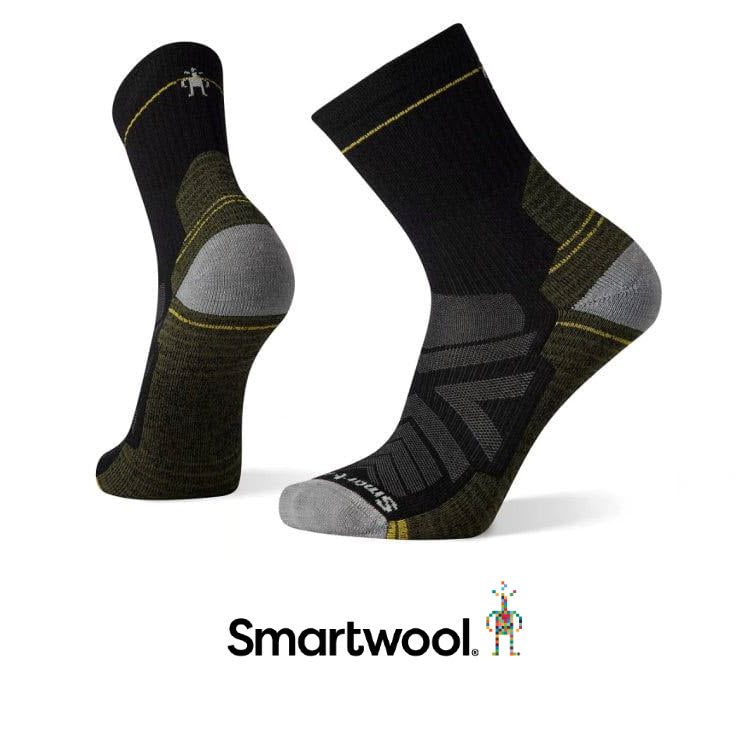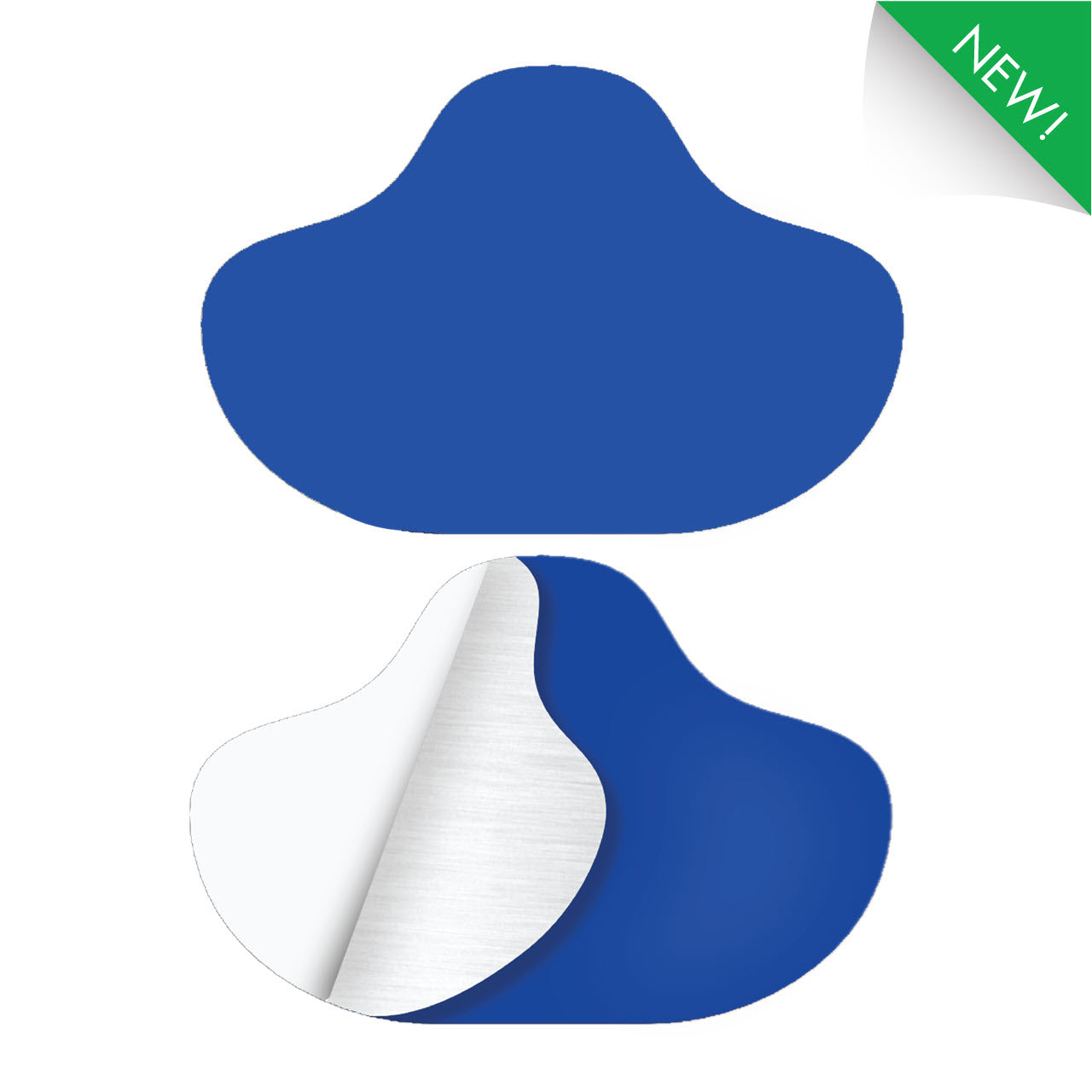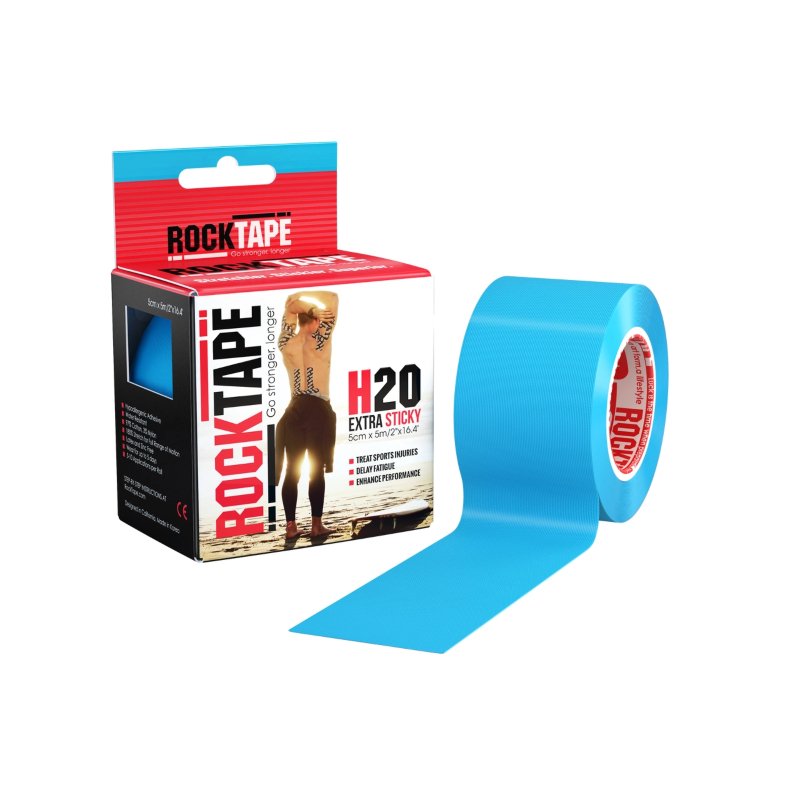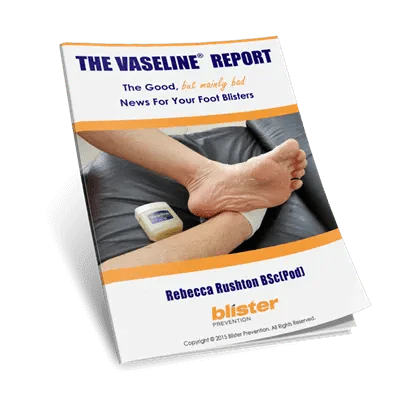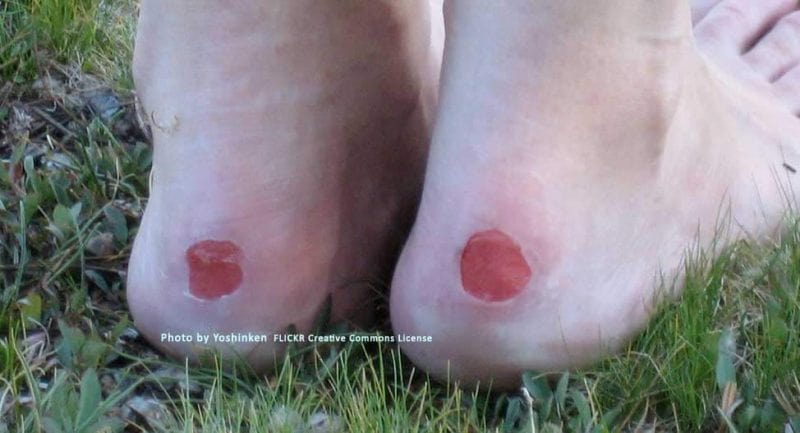
These are deroofed blisters. This is the type of blister that you can use a hydrocolloid dressing on.
Faster Healing!
Deroofed heel blisters, like those above, can heal faster with a sterile hydrocolloid dressing. Here's how.
- Firstly, as the raw blister base heals, it weeps. This weepiness is called exudate and it combines with the dressing to provide the best environment for healing.
- Secondly, the gooey gel-like substance that results, prevents the dressing from sticking to the raw wound. Therefore, it won't disrupt valuable healing tissue as it is removed.
Popular Hydrocolloid Dressing Brands
Compeed is the most well-known and established. Bandaid have their own version, as does BlisterPod. And there are also the "ulcer dressing" brands like Duoderm and Comfeel. Here are some picture that you might be familiar with.
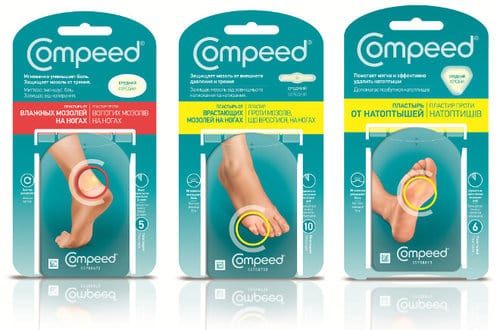
Compeed blister plasters

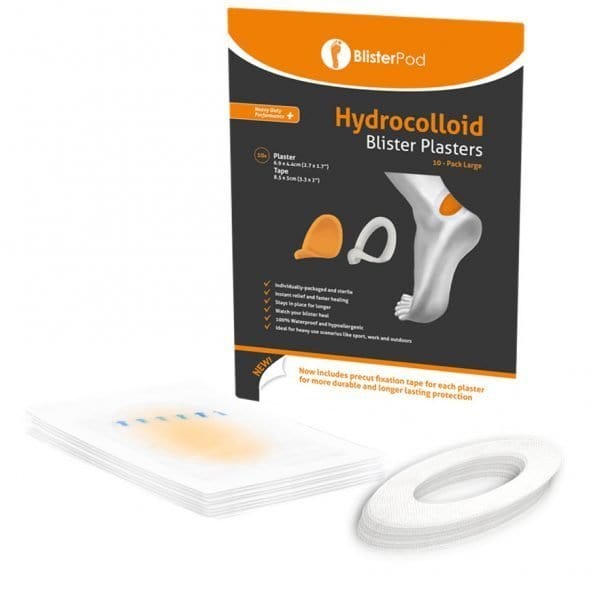
BlisterPod Hydrocolloid Blister Plasters
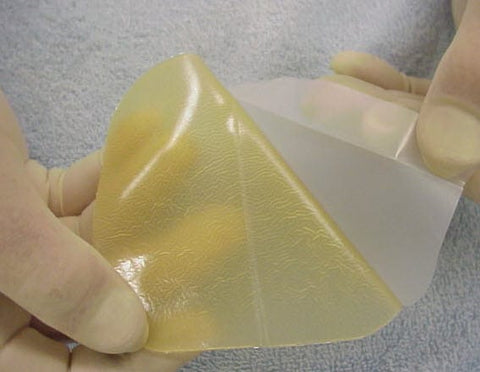
Common Hydrocolloid Dressing Mistakes
The main message I'd like you to take away from this article is to only use a hydrocolloid dressing on deroofed blisters. But there are a couple of other things you need to know to get the most out of using hydrocolloids. Watch the video or read about real-world situations where things have gone wrong. That way, you'll avoid the mistakes others have made.
Hydrocolloid Dressings Suffer A Bad Rep
Hydrocolloid dressings suffer a poor reputation in blister management in the running and hiking communities, as highlighted below for instance:
My team have dealt with hundreds of cases of Compeed that has almost morphed into "one" with the skin. It's really difficult to see where the Compeed finishes and where the skin begins. We actually recommend against it for long events for that reason. And if we see it in use, we speak up and discourage it.
Personally, my worst blister treatment experiences of all time have been removing this partially metamorphosed Compeed from badly blistered feet.
The open skin under the dressing stinks and the skin goes all wrinkly.
Some Perspective
I completely understand these concerns. I've witnessed them myself, many times. Here's an example (below).
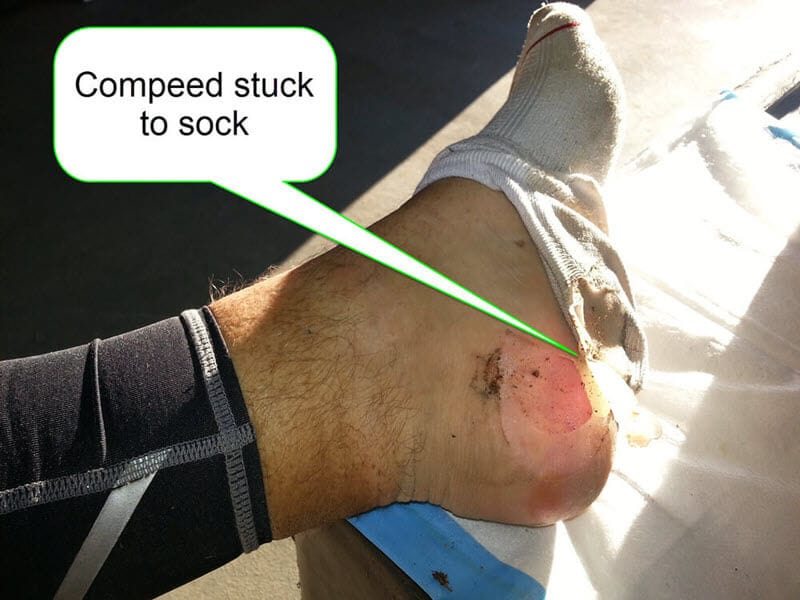
This hydrocolloid was used at the first sign of a blister forming. An edge of the hydrocolloid rolled-back a little and stuck to the sock. So when this runner took his sock off...!
This was from the 2015 ANZAC Ultramarathon in Canberra. This runner had applied Compeed when he saw a blister forming. The skin of the blister roof was intact at the time. Later, as he removed his sock, he realised the Compeed had melded with the sock and he couldn’t get the two apart. He also couldn't peel the Compeed from his blister. So as he took his sock off, the Compeed ripped the blister roof off. It was nasty!
If you've had a bad outcome when you've treated your blister with Compeed or any other hydrocolloid, there are three potential reasons why. It's easy to avoid each of them.
Avoid These 3 Mistakes Using Hydrocolloid Blister Dressings
1) Hydrocolloid Blister Dressings Are Not For Blister Prevention
There is an expectation that the hydrocolloid dressing alone will prevent a blister from developing and/or prevent it from getting worse. In fact, this expectation is wrong. Don’t use hydrocolloids for blister prevention – they are blister treatments.
2) Only Use Hydrocolloids For Healing Deroofed Blisters
Hydrocolloid dressings have an adhesive which makes them stick. For this reason, do not put them on a blister with its roof intact, or with its roof torn. This wound care strategy will only tear the skin of the roof off when you come to remove the dressing. Hydrocolloids need a weepy wound base to work their magic - they absorb the exudate and this does two good things:
- Firstly, it prevents the dressing from sticking to that part of the skin
- Secondly, it partially dissolves to provide a gel that promotes healing
In my university days (some 25 years ago now) I was on the grinder doing some heavy orthotic modifications when my hand slipped and the grinder took a nasty gouge from my knuckle. I grabbed some Duoderm from the student clinic and used it as directed until it was healed. We used Duoderm at uni for acute and chronic ulcer management). Within a week or so, the deep gouge had filled in and there was a nice pink area of healed skin in it's place.
Not only that, the skin remained flexible enough so as not to limit flexion of my finger during and after healing - something that wouldn't have happened if I'd allowed the wound to dry out and scab over. It was remarkable. I still have a scar but it is quite underwhelming considering the size of the initial injury. If you don't believe me, the next time you have a weepy wound, get a hydrocolloid dressings and try it.
3) Don't Expect Hydrocolloid Dressings To Stay On By Themselves
Although hydrocolloids have an adhesive to make them stick to the skin, I don't expect it to work on feet - not well enough. On your arm, fine. On my finger, fine. But on your feet, not fine. Think about the in-shoe environment - it's sweaty in there. In other words, that's a constant threat to good adhesion. Because all it takes is for one edge of the dressing to roll-back a little and be exposed to the sock (annoyingly, it will stick like glue to the sock - see photo above).
I recommend Fixomull Stretch or a similar fixation tape around the circumference of a hydrocolloid dressing. Leave the majority of the dressing area visible – we need to visualise the degree of weepiness to determine when to change the dressing. This is good wound care practice. Plus, hydrocolloid dresings allow wound gasses to evaporate through the dressing (whilst being waterproof from the outside).
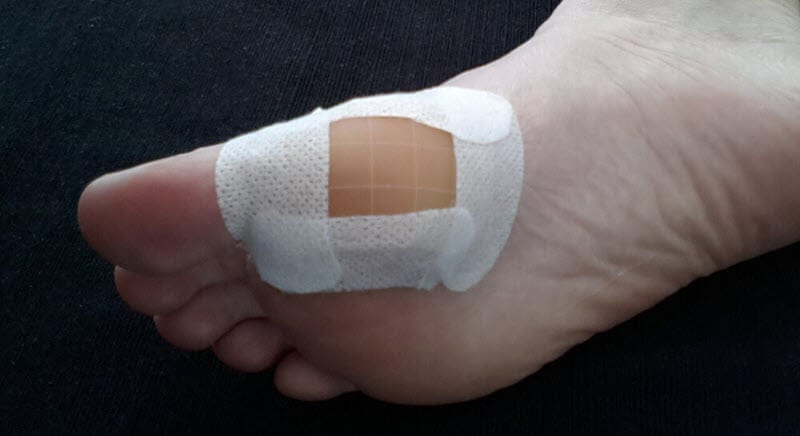
Secure all hydrocolloid dressing edges with a fixation tape like Fixomull to prevent roll-back Secure all hydrocolloid dressing edges with a fixation tape like Fixomull to prevent roll-back. Resist the temptation to put Fixomull all over it - you need to see how the wound is interacting with the dressing to know when to change it.
How Long To Leave a Hydrocolloid Blister Dressing On For?
Good question! Hydrocolloids can be left on for a few days, or even a week. It all depends on how weepy the wound is. It can take a bit of practice to get this right.
- If your deroofed blister is very weepy, don't use a hydrocolloid straight away. If you do, you'll be having to change it too often for it to have an effect. Rather than changing your hydrocolloid twice a day, instead, use an island dressing at the start. Change it frequently until the weepiness abates. Then start with your hydrocolloid.
- Conversely, if your deroofed blister is dry and on its way to healing already, if it's dry or got a scab over it, a hydrocolloid should not be used. The wound must be somewhat weepy for a hydrocolloid dressing to be an option. If it's dry already, use an island dressing simply for protection.
- Just like the Goldilocks fairy tale, there's a "just right" scenario for hydrocolloids. That is, a deroofed blister with a moderate amount of weepiness. In this situation, leave your hydrocolloid on for a day at least. You'll know when to change it - the weepy gel-like substance under the dressing will track toward the edge of the dressing. When it gets to the edge of the dressing, change it.
Of course, if your blister base does not seem to be healing, you suspect it is infected, you're just not sure how to care for your blister or you have a health condition, seek medical advice from your doctor.





